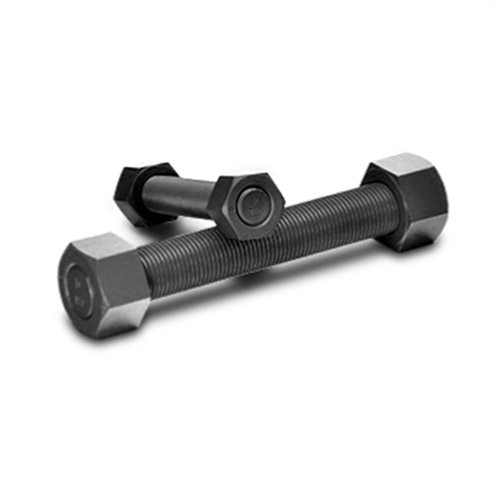Cost Analysis for Flexible Brake Pipe Replacement and Maintenance
Nov . 19, 2024 14:44 Back to list
Cost Analysis for Flexible Brake Pipe Replacement and Maintenance
Understanding the Costs of Flexible Brake Pipes
When it comes to vehicle safety, the brake system is one of the most critical components. Among the various elements that comprise this system, flexible brake pipes play a vital role in ensuring that brake fluid is effectively transmitted from the master cylinder to the brakes themselves. However, many vehicle owners may overlook the significance of these components, especially when considering their cost.
Understanding the Costs of Flexible Brake Pipes
The cost of flexible brake pipes can vary significantly based on several factors. Firstly, the materials used in the construction of the pipes will affect the price. Basic rubber pipes can be relatively inexpensive, often ranging from $10 to $30 per unit. In contrast, high-performance options, such as stainless steel braided hoses, can cost between $50 and $100 or more. While the initial investment may be higher for premium materials, they often provide greater durability and increased safety, making them a worthwhile consideration for those who prioritize performance.
flexible brake pipe cost

Additionally, labor costs associated with the replacement of flexible brake pipes can contribute to the overall expense. If a vehicle owner chooses to handle replacements themselves, they can save on labor charges. However, improper installation could lead to serious safety issues. It is advisable for most individuals to seek professional assistance, which can add another $50 to $150 depending on the labor rates in their area.
Moreover, periodic inspections and proactive maintenance can help to mitigate the costs associated with flexible brake pipe replacement. Regular checks can identify early signs of wear or damage, allowing owners to address issues before they escalate. This approach not only enhances safety but can also save money in the long run.
In summary, while the cost of flexible brake pipes varies based on material and labor, they are a crucial investment in vehicle safety. With the right maintenance practices, vehicle owners can ensure their brake systems remain responsive and reliable, making informed decisions that prioritize both safety and budget considerations. Investing in quality brake components is not just about meeting initial costs—it's about long-term safety and peace of mind on the road.
Latest news
-
Refrigeration Hose-HEBEI KEMO|Low Permeability&Pulse Resistance
NewsAug.12,2025
-
Refrigeration Hose-HEBEI KEMO AUTO PARTS TECHNOLOGY CO., LTD
NewsAug.12,2025
-
Refrigeration Hose - HEBEI KEMO AUTO PARTS TECHNOLOGY CO., LTD|Low Permeability&Ozone Resistance
NewsAug.12,2025
-
Durable AC Pressure Hose for Reliable AC System Repair
NewsAug.12,2025
-
Refrigeration Hose-HEBEI KEMO AUTO PARTS TECHNOLOGY CO., LTD|Low Permeability,Pulse-Resistance
NewsAug.11,2025
-
Refrigeration Hose-Hebei Kemao|Industrial Applications&Automotive Systems
NewsAug.11,2025
